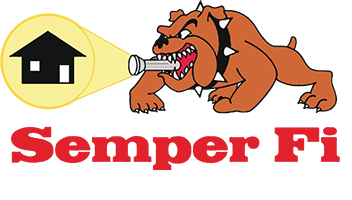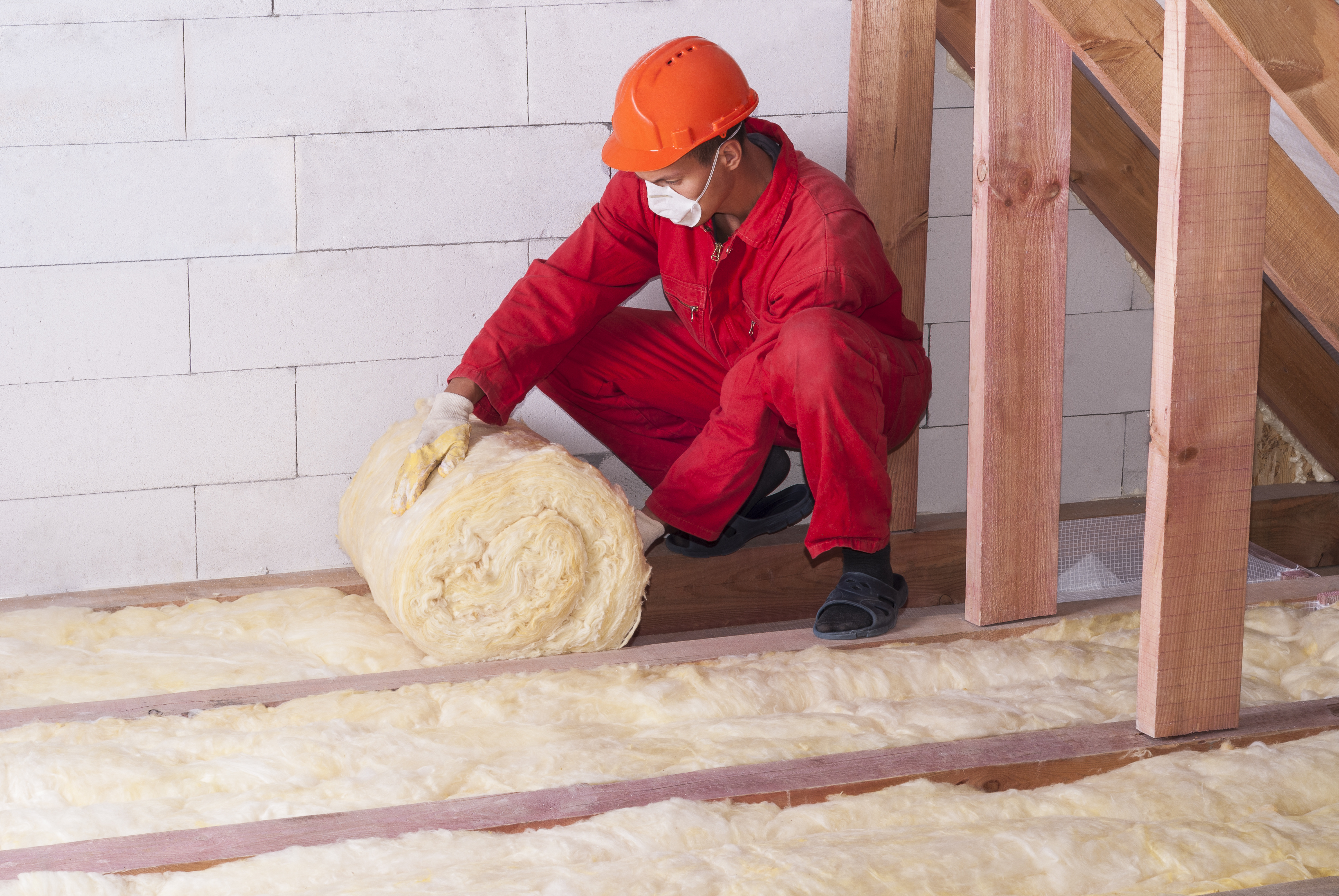Poor ventilation and poor insulation can cause problems such as mold, excessive utility costs, and a general lack of comfort to the homeowner. Not all issues would require an immediate fix, so having your same-day home inspection report from Semper Fi Home Inspections will allow you to plan which items are most important for your family.
Poor Ventilation
Lack of air flow in a home can lead to problems such as mold development. Air flow is essential throughout the house, especially the attic.
One problem that can occur is when a bathroom vent dumps air into the attic instead of out the roof. When these vents dump into the attic, this adds moisture to already warm air, which is the perfect breeding ground for mold. Roof venting is now part of the building code in most cases, but this was not always the case and older homes may not have these attic vents.
While homeowners are not required to make this change if their home was built before the new code went into effect, it can be a fairly easy and inexpensive fix which can help protect your home against mold growing in the attic area.
The home inspector will also check that kitchen fans vent outside.
Other common items seen during an inspection would be blocked roof soffits.
Ductwork is an important part of your home’s heating and cooling system, and also impacts the overall ventilation. If it’s not properly sealed, it can allow air and moisture to leak into the walls and ceilings, leading to problems like condensation and mold. To fix this problem, you will need to hire a professional contractor to seal the ductwork properly.
Inoperable Windows
You can also have too much ventilation in some cases. If your windows or doors are not properly sealed against drafts, it can allow air to flow into your home in unwanted ways. This can disrupt the ventilation system and lead to a number of problems, including mildew and condensation. To fix this problem, you will need to install weather stripping around the windows and doors, as well as seal the joints between the door and frame with caulking.
In other cases, windows restrict your home’s ventilation. Each window in the house will be checked by your home inspector. Common problems would be a window not functioning properly, such as a broken sash cord which happens in older homes and can be fixed.
Sometimes windows in older homes have been painted shut which also makes them inoperable. This is a relatively easy fix as well – you can often use a paint knife or similar to actually break the seal of paint along the window opening.
Insulation
Older homes tend to lack adequate insulation. While there is no requirement to upgrade to more modern insulation which does a great job at keeping the house comfortable, it can be a consideration.
These older homes that lack insulation in walls and attic, or have less than ideal insulation, are not nearly as energy efficient as those built with proper insulation. While no homeowner is required to upgrade the insulation in their home, it can be a relatively painless upgrade that can greatly impact utility usage and comfort if you decide to do so.
While none of the issues listed above would require a mandatory fix, they are items that the home inspector will note on the report so that you have a thorough understanding of your prospective home.
You can have further discussions with your real estate agent to determine which items may want your attention based up on your needs and goals, and use the information to initiate quotes from qualified contractors if you decide to undertake any upgrades.
Read about home inspection electrical findings | Read about home inspection roof findings
For commercial property inspections in the Dallas/Fort Worth area, including a thorough and informative home inspection report, learn more at
or request a quote for a commercial inspection at
682-351-2267



